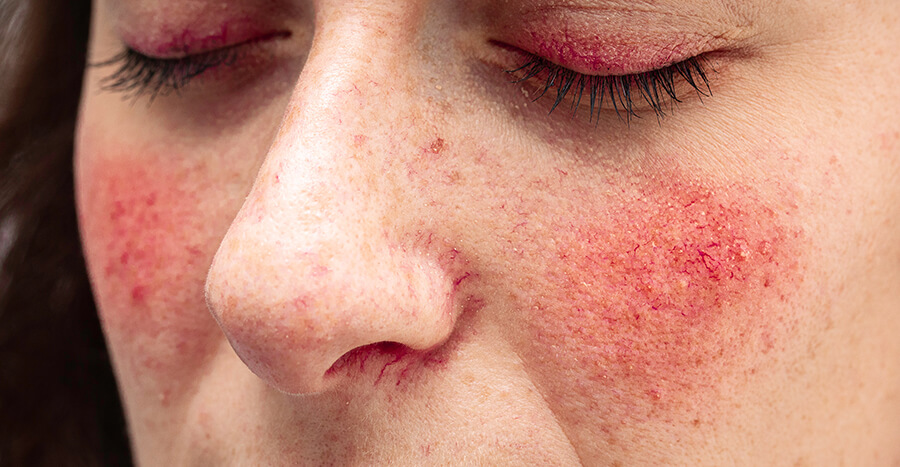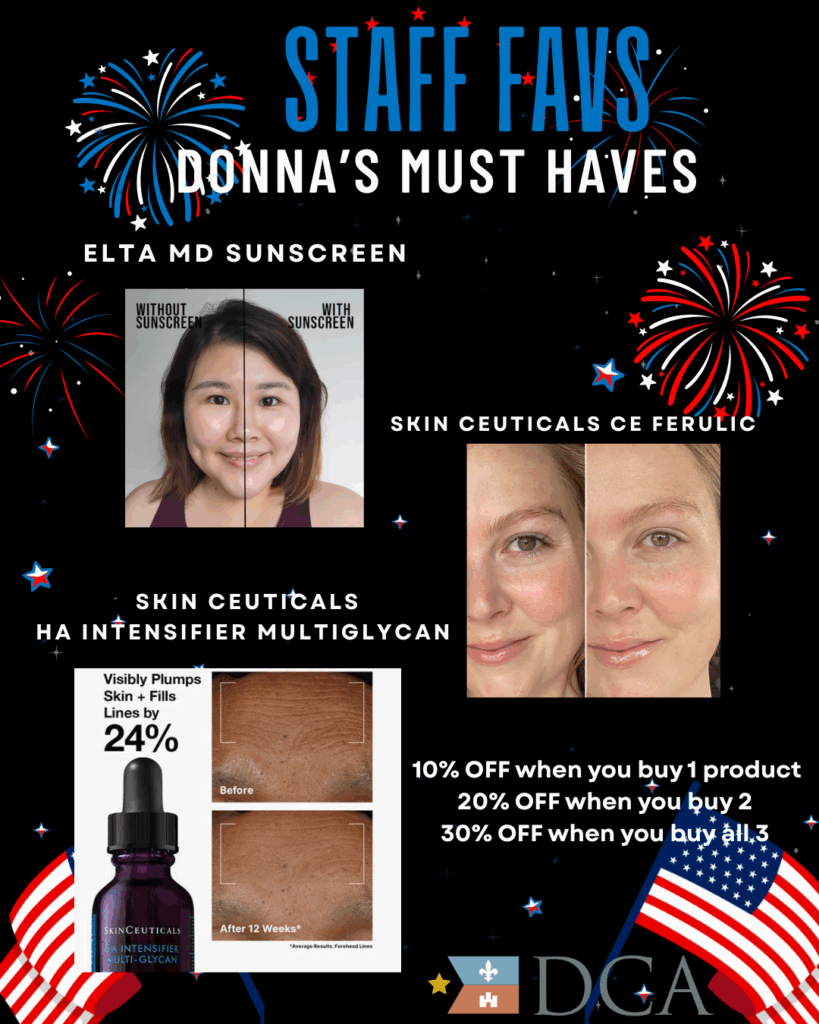Acne is caused by clogged pores that get inflamed and turn into pimples, cysts or nodules. It affects about 50 million people, making it the most common skin condition in the US. It is generally caused by an overproduction of an oily substance called sebum, which causes the dead skin cells to get trapped inside the pore instead of being shed from the skin like normal.
Whiteheads: plugged pores that are closed
Blackheads: plugged pores that are open
Papules: small, red, sensitive bumps
Pimples or pustules: papules with pus at the surface
Nodules: large and usually painful lumps beneath the skin
Cystic lesions: pus filled lumps beneath the skin that are usually painful
While acne has generally been associated with teenagers going through puberty, it can happen to virtually anyone at any age. It is often associated with times of hormonal changes, but is not limited to such times. Middle aged women very commonly have problems with it. We treat people of all different age groups. No matter what your age, it is always great to look your best!

Rosacea is a complex condition with a few different subtypes. The disease is generally characterized by a redness or flushing, but it can manifest in a number of different ways.
Rosacea tends to affect middle aged people with light skin and hair from Northern European backgrounds, but it can affect various skin types. Often there will have been someone in their family who has had either severe acne or rosacea. There is a significant genetic component and scientists have also linked the condition to a host of other factors. However, relationships between rosacea and those potential causes are not yet clear.
Your dermatologist will evaluate the severity of your condition, your skin type, gender, age and a number of other factors to decide on what the best option or options are for you, monitor the results and adjust accordingly. In some cases one of our cosmetic procedures may help to deliver the best and fastest results along with a high-quality personalized skincare routine, but these should be addressed on a case by case basis with help from your dermatologist. Results take time for treatment of both conditions, but we’ve found that patients often get a small sense of immediate relief just from knowing that they are taking action to get their condition under control.
When you feel out of control of your appearance, it can make you feel out of control of your life, and getting treatment for such visible conditions can help to put you back in the driver’s seat.
